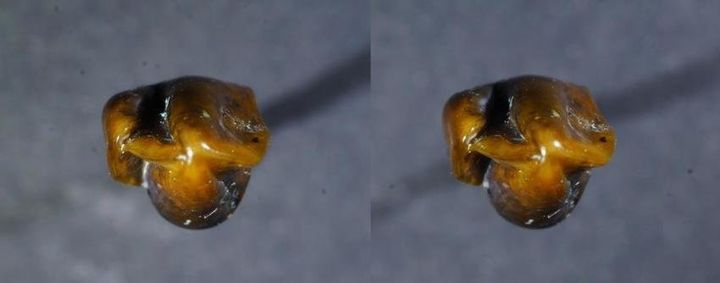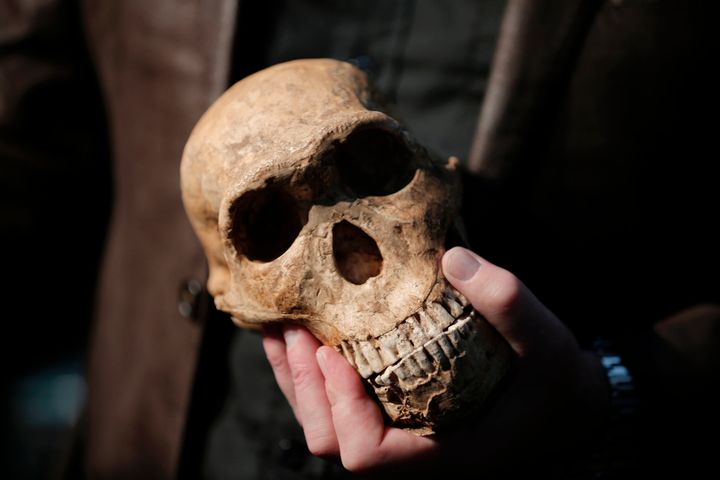A set of fossilised teeth dating back a staggering 9.7 million years could rewrite the famous ‘out-of-Africa’ theory that suggests humanity moved from Africa to Europe after a major change in the climate.
Discovered by archeologists in a former bed of the river Rhine, the discovery is so significant that the local town’s mayor has claimed that “we shall have to start rewriting the history of mankind after today.”

The teeth themselves seem to share some striking similarities with the teeth of Lucy a 3.2 million year old skeleton discovered in Ethiopia.
Writing in Researchgate, Dr Herbert Lutz writes: “Both teeth, the crowns of an upper left canine and an upper right first molar, are exceptionally well preserved and obviously come from the same body of unknown sex.”
“While the molar shares characters with various other taxa,” explains Dr Lutz. “The canine reveals intriguingly potential hominin affinities: its lingual outline is clearly diamond-shaped.”
Herein lies the problem which is that while they match those of Lucy, they don’t match with any known species in Europe at the time.

Until now there have been no truly concrete examples of hominins - a species closely related to humans - existing in the European continent around this time.
If they do turn out to belong to a hominin it would throw into question the currently held theory that early humans first evolved in the African continent and started moving north around 200,000/400,000 years ago.
It wouldn’t be until 60,000/70,000 years ago that they would start spreading around the world on a mass scale.
Of course if these teeth turn out to be from a human-related species this would drastically alter the theories that we currently have.
The significance of this is so great that the archaeologists actually waited a year before finally publishing their paper.
While the paper is now finally out in the public domain, Dr Lutz says that the work has just begun as further research will need to be carried out to finally prove the theory.
